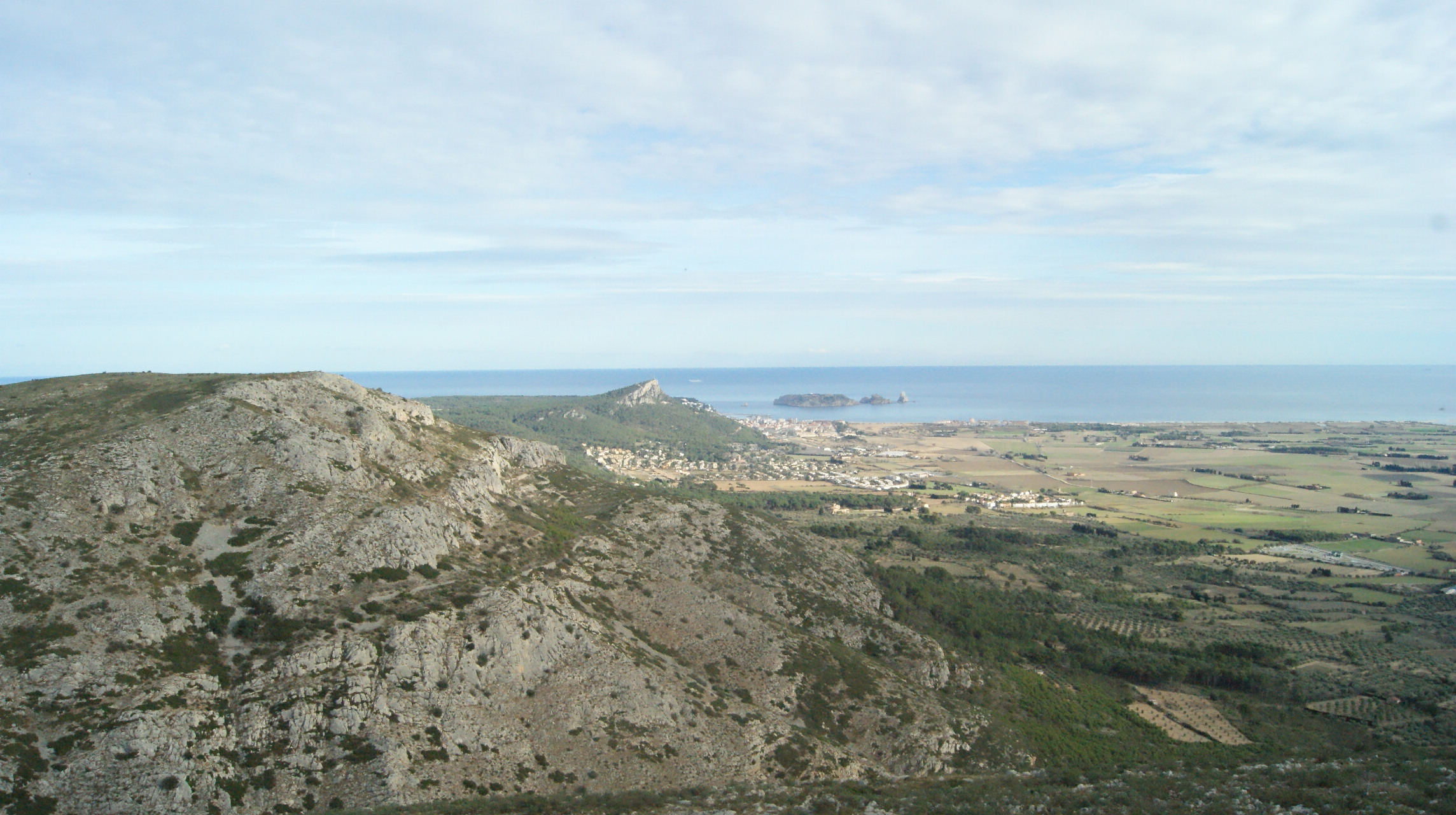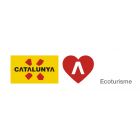Mountain
360º panoramic views through our historical and cultural heritage.
The massif is like a limestone island between the plains of Upper and Lower Empordà; locally it is called “the dead bishop” due to the silhouette seen from both the north and the south.
Dominated by the medieval castle (13th century), Montgrí is home to Paleolithic (Cau del Duc), Iberian, and Roman settlements, and features an extensive rural dry stone heritage.
Highlights include the Hermitage of Santa Caterina and the dry stone architecture such as aixarts (boundary walls), shelters, huts, lime kilns, springs, wells, cisterns, water stones, sheepfolds, farmhouses, and vineyard huts.
Mediterranean scrubland and white pine cover most of the massif, and the continental dune with mosses and pines stands out as a rare feature in the Mediterranean context.
Dry grasslands, the wide variety of orchids, the eagle owl, the Bonelli’s eagle, the European shag, and bats are some of the living treasures of the massif.
Text: Guide to the Montgrí, Medes Islands and Baix Ter Natural Park
















